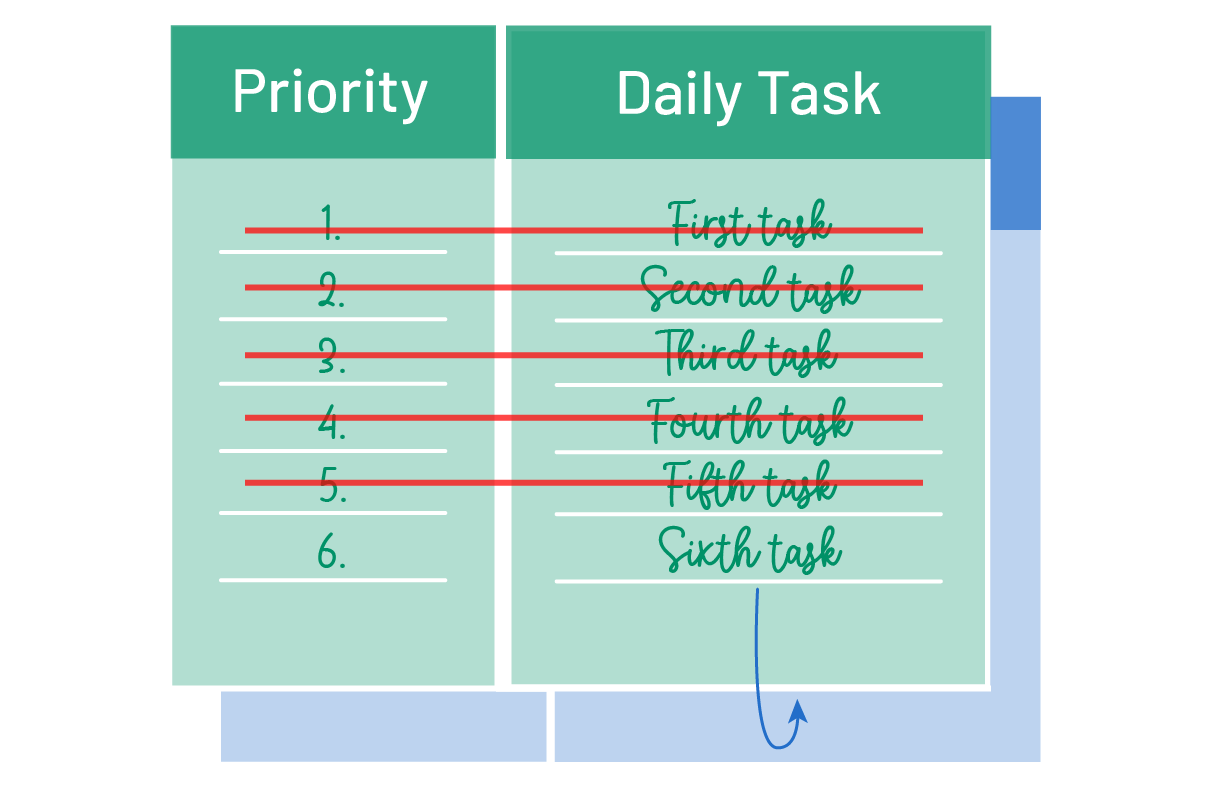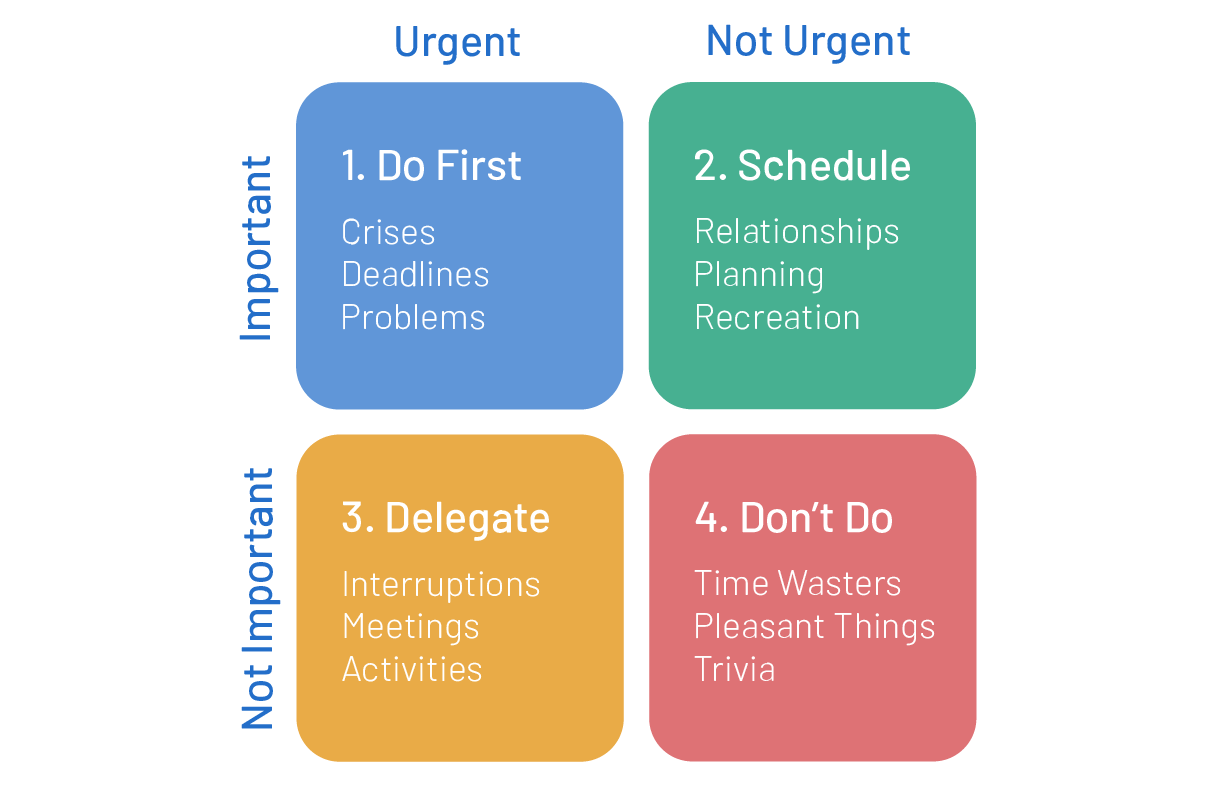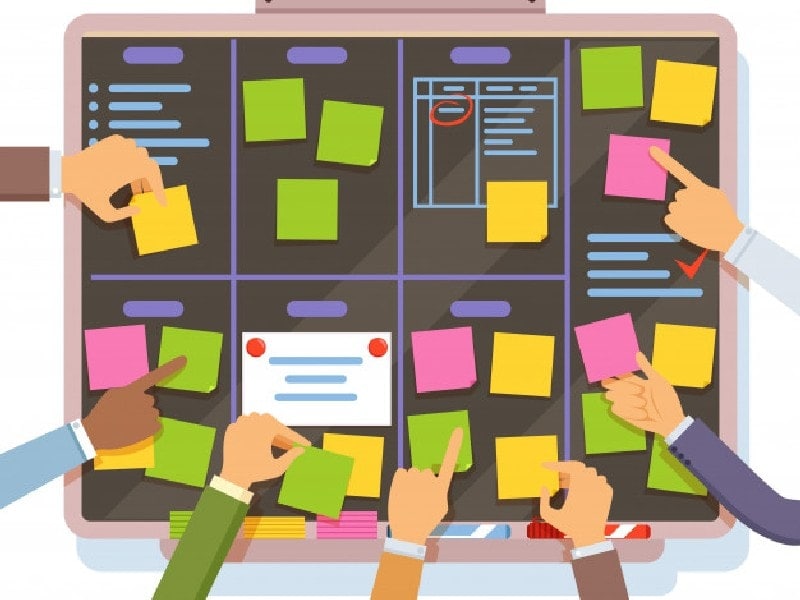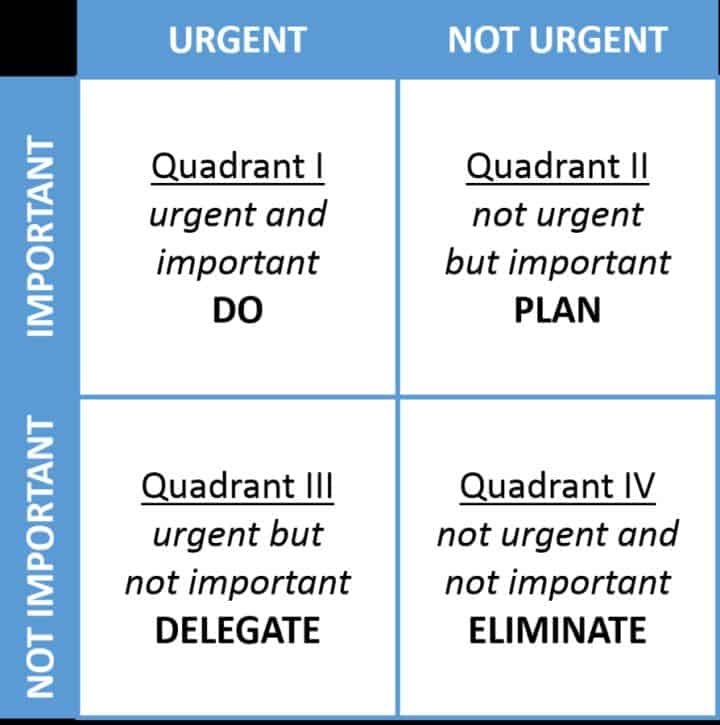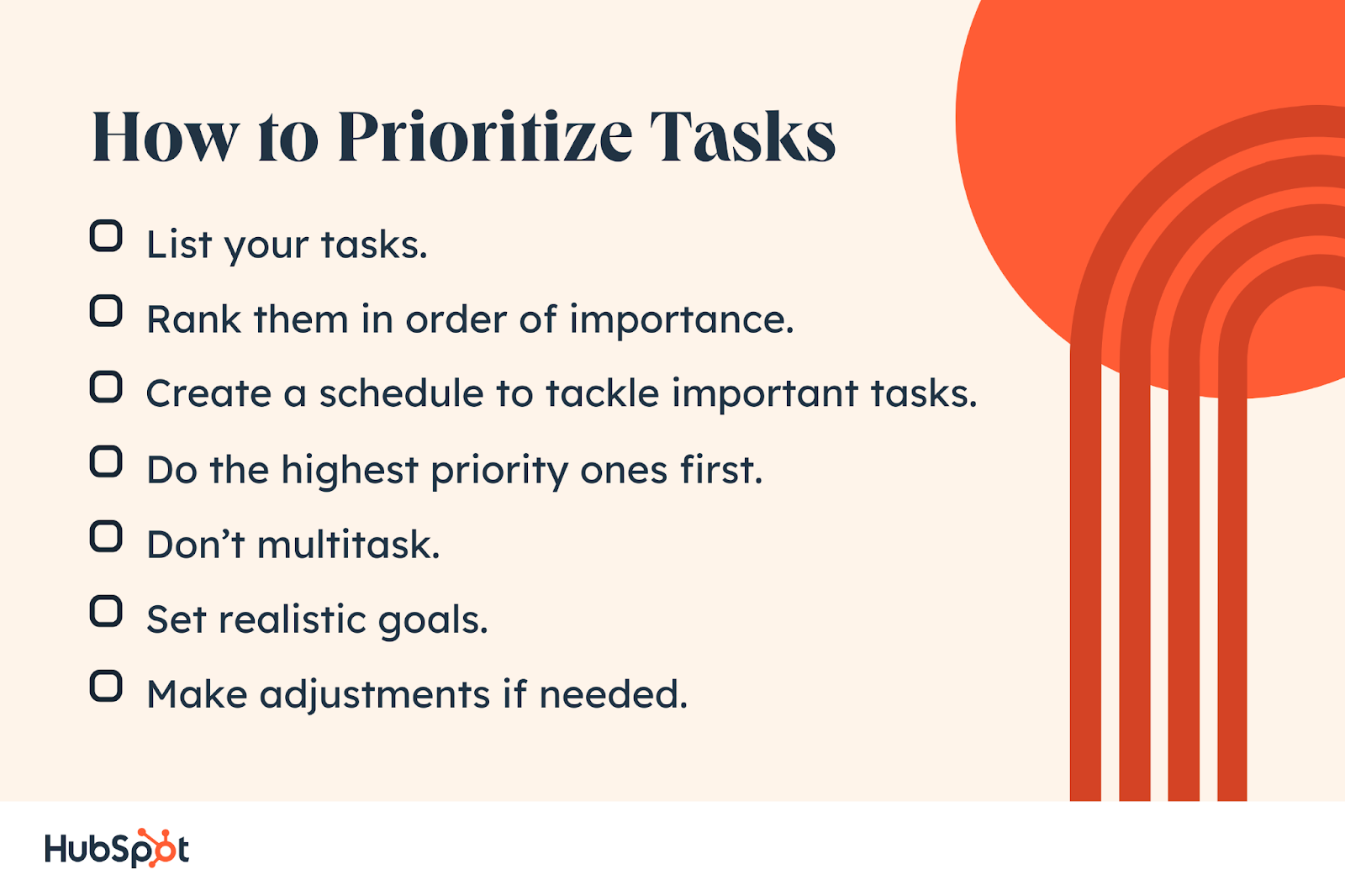How To Prioritize And Organize Work

Time is running out! Overwhelmed by your workload? This guide provides immediate, actionable strategies to prioritize and organize your tasks, ensuring you meet deadlines and maintain sanity.
This isn't another theoretical discussion. It's a practical blueprint for reclaiming control of your workday. We'll break down proven techniques, supported by data, to help you focus on what truly matters.
Assess and Categorize: Know Your Enemy
First, identify all your tasks. Write everything down, from answering emails to completing major projects.
Next, categorize these tasks using the Eisenhower Matrix: Urgent/Important, Important/Not Urgent, Urgent/Not Important, and Neither.
This framework, popularized by President Eisenhower, helps distinguish between tasks that require immediate attention and those that contribute to long-term goals.
Prioritize Ruthlessly: The Pareto Principle
Apply the Pareto Principle, also known as the 80/20 rule. This principle suggests that 80% of your results come from 20% of your efforts.
Focus on those 20% of tasks that deliver the biggest impact. Identify the critical few and ruthlessly eliminate or delegate the trivial many.
Data from a recent study by Harvard Business Review found that employees who focus on high-impact tasks are 40% more productive.
Time Blocking: Structure Your Day
Implement time blocking. Allocate specific time slots for specific tasks. Treat these blocks as non-negotiable appointments with yourself.
Use a calendar app like Google Calendar or Outlook Calendar to visually represent your schedule. This helps maintain focus and prevents time slippage.
Research shows that individuals using time blocking techniques experience a 20% decrease in procrastination and a 15% increase in task completion rates.
Eliminate Distractions: Fortress of Focus
Identify your biggest distractions. Is it social media, email notifications, or chatty colleagues?
Take proactive steps to minimize these interruptions. Turn off notifications, use website blockers, and communicate your focus periods to coworkers.
A study by RescueTime found that the average office worker is interrupted every 11 minutes, costing them an estimated 2.1 hours per day.
Delegate Effectively: Share the Load
Delegate tasks whenever possible. Identify tasks that others can perform just as well, or even better, than you.
Clearly communicate expectations and provide the necessary resources. Delegation not only frees up your time but also empowers your team members.
Don't micromanage. Trust your team and provide constructive feedback.
Regular Review: Adapt and Improve
Schedule regular reviews of your system. Are your priorities still aligned with your goals? Are your time blocks effective?
Adjust your approach based on your experiences and the changing demands of your work. Continuous improvement is key.
Next Steps: Immediate Action Required
Start implementing these strategies today. Begin with a simple task: Identify your top three priorities for tomorrow.
Commit to time blocking at least one hour for focused work. Take control of your time and start achieving your goals.
Further resources and ongoing support can be found on TimeManagementMastery.com and ProductivityPowerhouse.org. Don't delay; your success depends on it.


